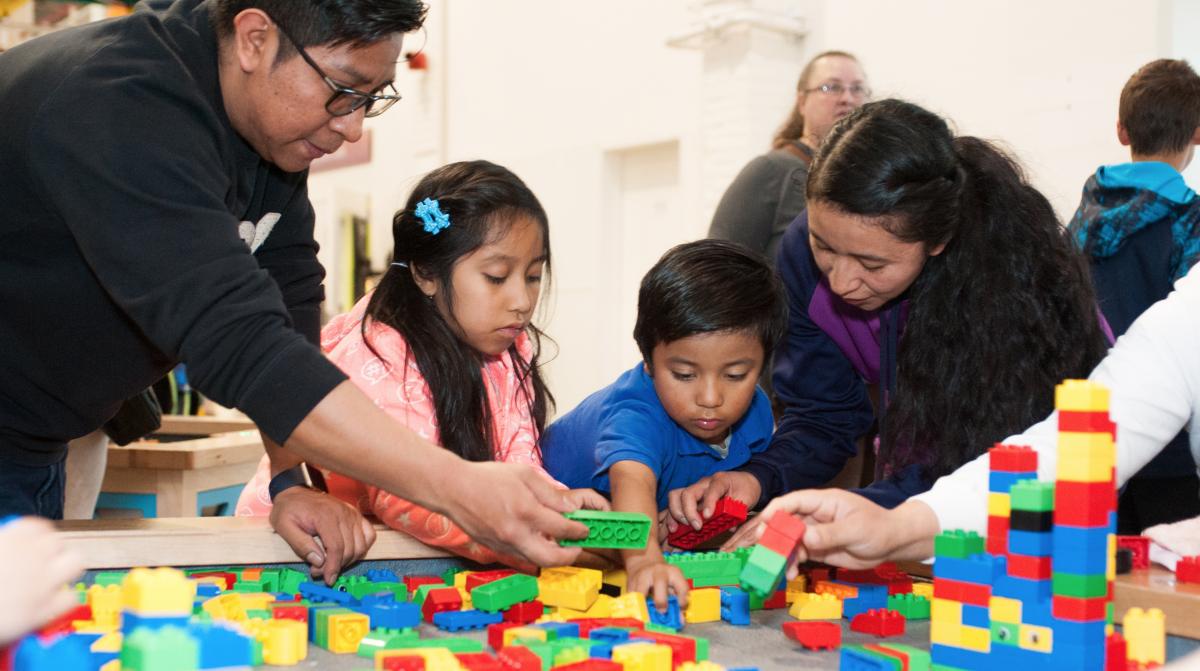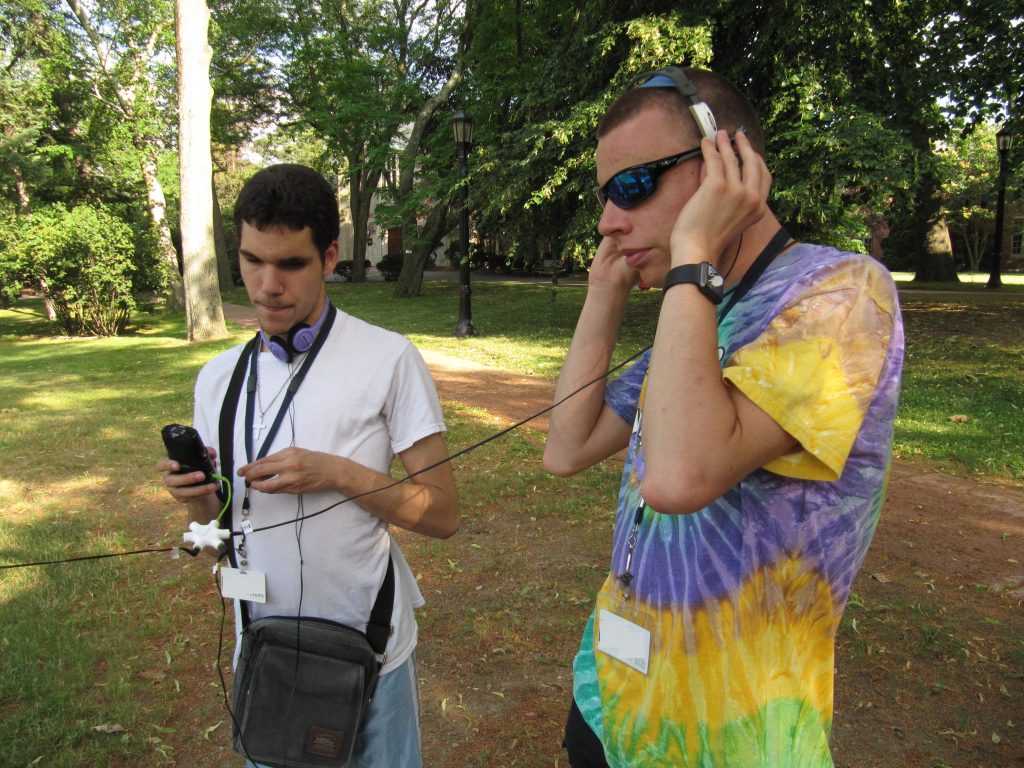Connected Science Learning: Featuring Programs and Research that Connect In-School and Out-of-School STEM Learning
This blog was written by Beth Murphy, field editor for Connected Science Learning (CSL). CSL is a joint initiative of the National Science Teachers Association (NSTA) and the Association of Science-Technology Centers (ASTC).
Have you checked out Connected Science Learning? This open-access journal features peer-reviewed articles about effective programs and research that connect preK-12 STEM learning across in-school and out-of-school settings, with an emphasis on collaboration and co-creation across these learning environments.
Because the journal is only published online, CSL articles are full of links, visual and media components, and other supplemental resources to engage and inform readers. CSL’s readership, authors, and reviewers hail from K-12 schools, colleges and universities, as well as nonprofits and community organizations such as museums, zoos, aquaria, and nature centers. CSL is also a valuable resource for businesses, policymakers, foundations and other STEM education stakeholders.
The first two issues—published in 2016—were funded by the National Science Foundation. Today, CSL is supported by a generous grant from The Kavli Foundation. The journal is organized around quarterly themes, with two feature articles and one “brief” published each month. Feature articles showcase collaborative efforts between in-school and out-of-school educators and organizations, while briefs typically highlight useful resources or new projects in the field. As the journal’s second field editor, I have the opportunity to build on the strong foundation laid by Dennis Schatz, CSL’s inaugural field editor, who will begin his term as NSTA president in June. As field editor, I’m responsible for the content of the journal--setting issue themes, recruiting authors and reviewers, managing the peer-review process, and working with authors of accepted articles to ready their submissions for NSTA’s editorial team, which finalizes layout and design for publication.
A number of articles from InformalScience.org’s community have already been published in CSL. For example, Head Start on Engineering is a “multicomponent family engineering program that includes professional development for teachers, workshops for parents, take-home family activity kits, home visits, classroom extensions, and a culminating field trip to a science center.”
 |
| Head Start on Engineering participants and family members work together on an engineering challenge at OMSI. This project was funded by NSF AISL grant #1515628. © Emily Maletz 2017 |
Another recently published AISL project (NSF AISL #1323615) is the Center for Global Soundscapes’ "five-day camp for students with visual impairments that follows an inquiry-based learning approach to explore concepts fundamental to soundscape ecology.”
  |
| On the left, students make a sound map using Picture Maker by placing icons (representing different sound sources) on a Velcro surface. On the right, students use a Zoom H2n to capture sounds. Photos by Maryam Ghadiri |
We’d love to see more authors, readers and reviewers from InformalScience.org’s community!
Check out these links to sign up to receive monthly alerts about new articles, consider our call for contributions and learn about submission guidelines. Upcoming themes include STEM Mindset and Effective Collaboration. Although the deadline has officially passed, please contact me ASAP if you are interested in submitting a brief or feature article for our third-quarter theme: Practical Program Evaluation.
As of January, CSL email alerts are sent to nearly 40,000 addresses, consisting of both active subscribers and NSTA members who receive alerts as a membership perk. We are currently averaging just under 5,000 (and growing!) views per month.
Lastly, if you are interested in learning more about serving as a reviewer, please reach out to me at connectedscience@nsta.org. We invite you to join the Connected Science Learning community!